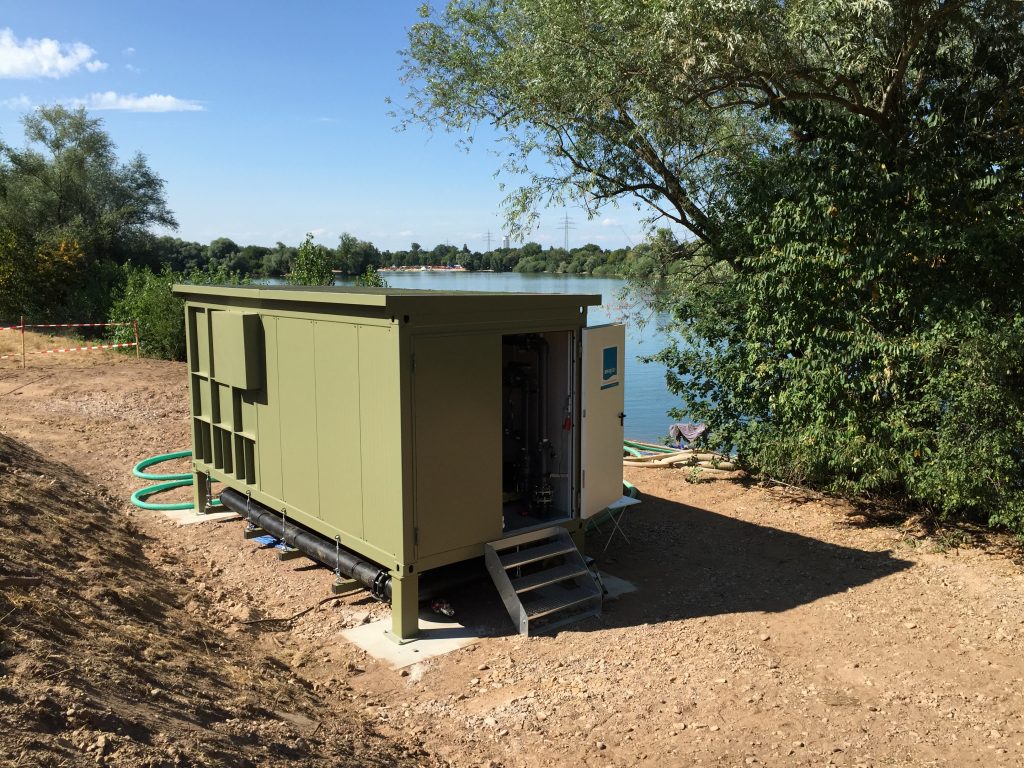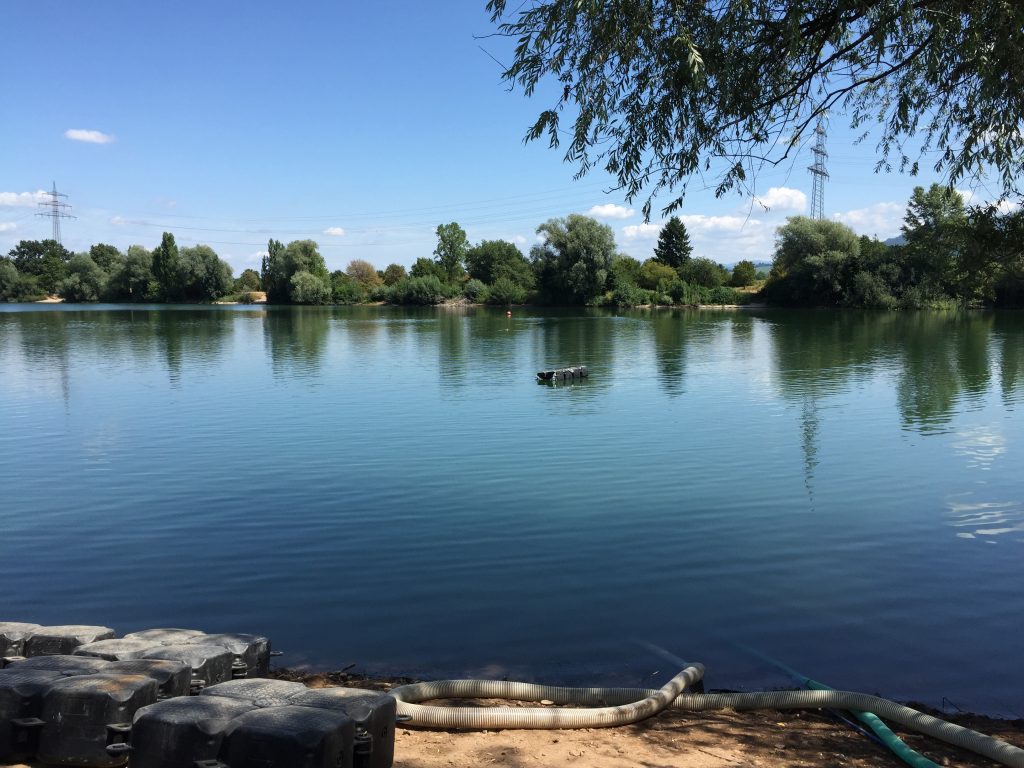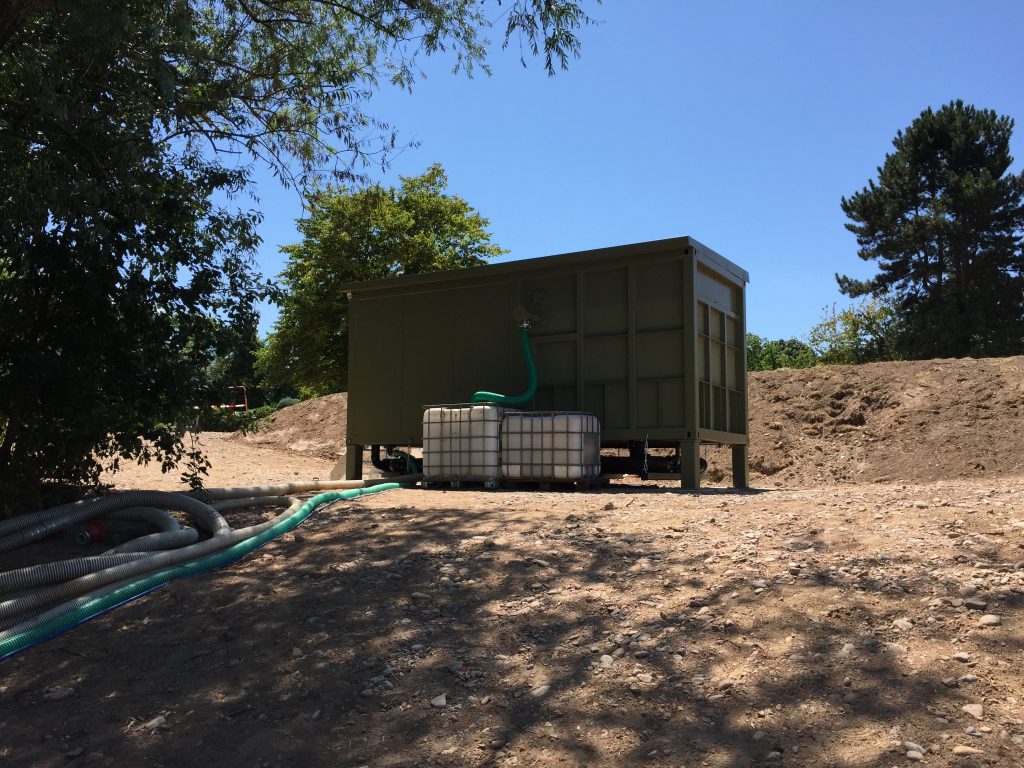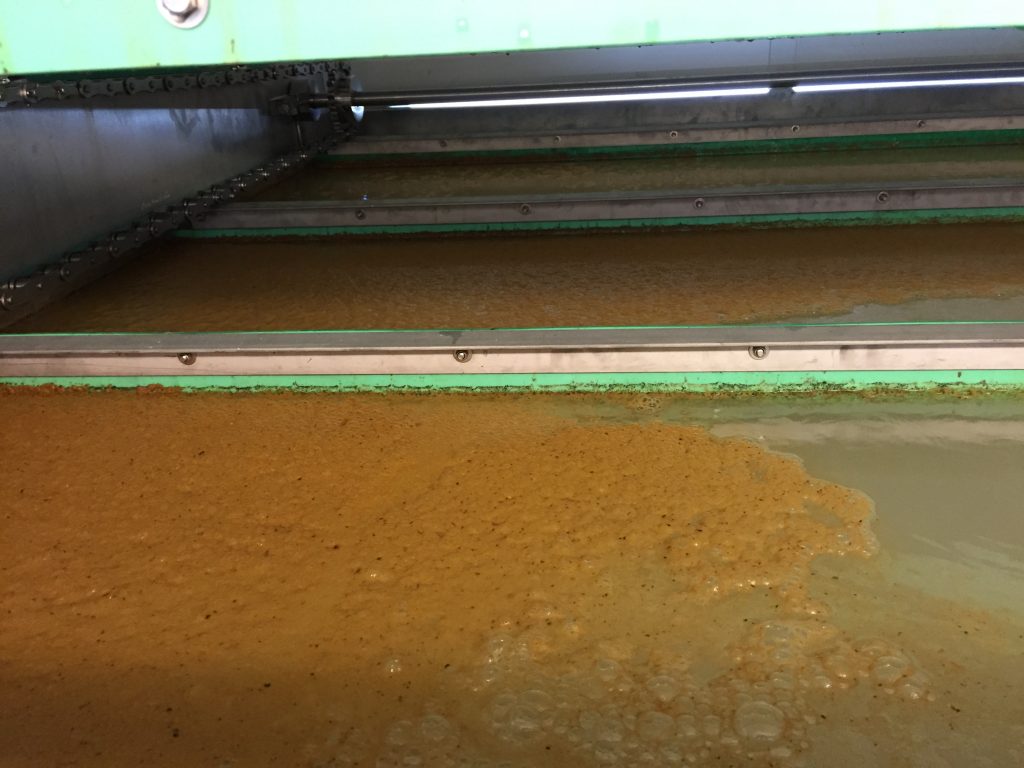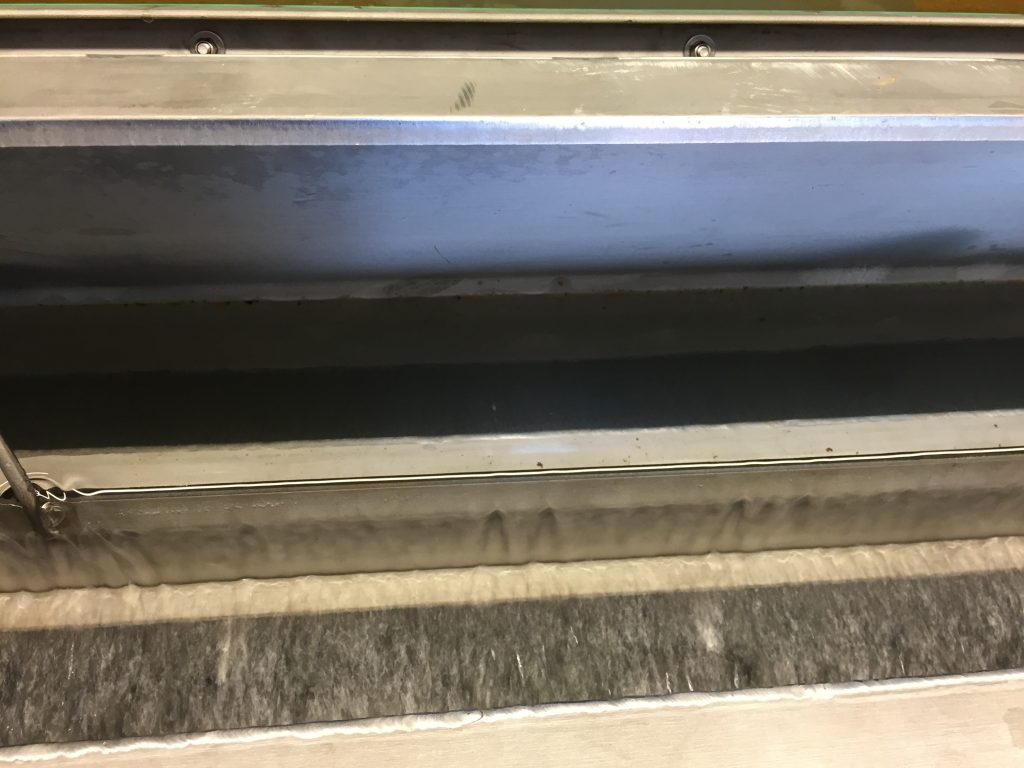The Gifizsee has a size of about 21.9 ha and is used as a recreational water body. The lake is fed by groundwater and has an average water depth of approx. 6 to 8 m. The bottom of the lake is morphologically very agitated. For the most part, it has relatively steep shore areas, few shallow water zones and some low points with up to 19 m. Due to restrictions on the use of the lake in 2005 and 2006 because of the mass development of cyanobacteria (blue-green algae), a feasibility study was carried out in 2007 for the sustainable rehabilitation and restoration of Gifiz Lake. One result of the expert report was, among other things, phosphorus is stored in the lake’s sediment as a result of natural lake processes. This phosphorus reservoir can be released by re-dissolution processes during oxygen deficiency (summer stagnation phase) and increase the available nutrient content (fertilizer) in the lake. These nutrients, concentrated over time, increase the risk of mass occurrence of e.g. cyanobacteria. For ecological and sustainability reasons, the decision was made against deep water drainage system with discharge of the extracted water into the flood ditch running east of the lake and in favor of extracting phosphate-containing deep water, treating it accordingly using a microflotation plant and returning the phosphate-reduced clear water to the lake.
As a result of the treatment, the phosphate concentration can be reduced from approx. 90 – 250 µg/l in the inlet to approx. 20-60 µg/l in the outlet. The elimination efficiency of the microflotation plant for phosphate is around 65-80 %. The average dry matter content and phosphorus in the sludge were also measured at 2.35 % and 5550 mg/kg dry matter.

